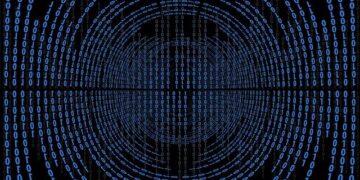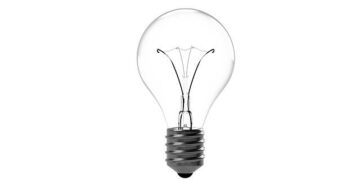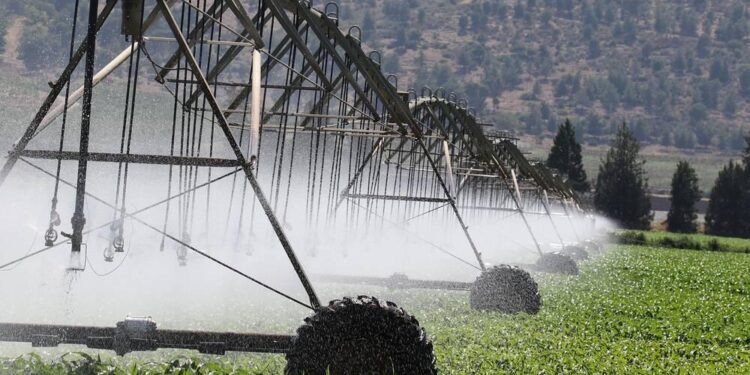As water scarcity tightens its grip on agricultural landscapes, the age-old practice of irrigation is undergoing a quiet revolution. Farmers and researchers are joining forces to reimagine how precious water resources can be conserved without sacrificing crop yields. In the evolving story of irrigation technology, innovation meets necessity, shaping smarter systems that respond to mounting water restrictions. This article explores how cutting-edge solutions are transforming the way farms irrigate, ensuring resilience and sustainability in an era defined by environmental challenges.
Innovative Irrigation Systems Responding to Tightening Water Regulations
As water resources become increasingly scarce, modern irrigation technology is stepping up to meet these environmental challenges with precision and efficiency. Advanced sensor-driven systems now allow farmers to monitor soil moisture levels in real time, delivering water exactly where and when it’s needed. This targeted approach not only conserves water but also enhances crop yields by preventing overwatering and minimizing runoff. Additionally, automated drip irrigation has emerged as a game-changer, creating micro-environments that nurture plants with minimal waste.
Key innovations shaping the future of water-smart farming include:
- Remote-controlled irrigation units leveraging IoT for smart scheduling
- Weather-adaptive controllers that adjust watering based on forecasts
- Soil probes integrating data for predictive irrigation modeling
| Technology | Water Savings | Impact on Crop Health |
|---|---|---|
| Sensor-Driven Irrigation | 30%-50% | Improved nutrient uptake |
| Drip Systems | 40%-60% | Reduced disease risk |
| Weather-Adaptive Controllers | 25%-45% | Optimized watering schedules |
Optimizing Water Use Efficiency Through Smart Technology Integration
Farmers are now turning to innovative solutions that harness real-time data to maximize every drop of water. By integrating soil moisture sensors, weather forecasting, and automated drip systems, irrigation schedules become personalized and precise, drastically reducing wastage. These technologies allow for dynamic adjustments based on crop requirements and environmental conditions, ensuring that irrigation aligns perfectly with the plant’s growth stages and water needs. Beyond conserving precious water resources, this approach enhances crop yield and resilience in the face of increasing drought pressures.
Smart irrigation management also employs centralized control platforms that consolidate data from multiple fields, enabling remote monitoring and rapid decision-making. Below is a quick comparison of traditional versus smart irrigation benefits, highlighting the transformative potential of technology.
| Feature | Traditional Irrigation | Smart Irrigation |
|---|---|---|
| Water Use Efficiency | ~50-60% | ~80-90% |
| Labor Intensity | High manual effort | Automated scheduling |
| Data Utilization | Minimal | Real-time sensors & analytics |
| Response to Weather | Fixed routines | Adaptive and predictive |
- Precision watering limits runoff and deep percolation losses.
- Remote alerts help farmers proactively respond to system malfunctions.
- Integrated weather data prevents unnecessary irrigation during rainfall.
- Resource management dashboards provide clear insights for strategic planning.
Best Practices for Farmers Navigating New Water Restriction Policies
Farmers can significantly improve water efficiency by embracing innovative irrigation technologies tailored to meet evolving restrictions. Techniques such as drip irrigation and precision sprinklers help deliver water directly to the plant roots, minimizing evaporation and runoff. Implementing soil moisture sensors and automated systems allows growers to monitor real-time data, adjusting water application dynamically to actual crop needs. These methods not only conserve precious water but also maintain crop health and yields under tighter regulations.
Key strategies to consider include:
- Adopting variable rate irrigation to customize water delivery across different field zones
- Integrating remote sensing tools for detailed field moisture mapping
- Scheduling irrigation during cooler parts of the day to reduce evaporation losses
- Utilizing rainwater harvesting systems to supplement water supply
| Technology | Water Savings | Implementation Cost | ||||||||||
|---|---|---|---|---|---|---|---|---|---|---|---|---|
| Drip Irrigation | Up to 50% | Moderate | ||||||||||
| Soil Moisture Sensors | 20-40% | Low to Moderate | ||||||||||
| Variable Rate Irrigation | 30-45% |
Farmers can significantly improve water efficiency by embracing innovative irrigation technologies tailored to meet evolving restrictions. Techniques such as drip irrigation and precision sprinklers help deliver water directly to the plant roots, minimizing evaporation and runoff. Implementing soil moisture sensors and automated systems allows growers to monitor real-time data, adjusting water application dynamically to actual crop needs. These methods not only conserve precious water but also maintain crop health and yields under tighter regulations. Key strategies to consider include:
|































